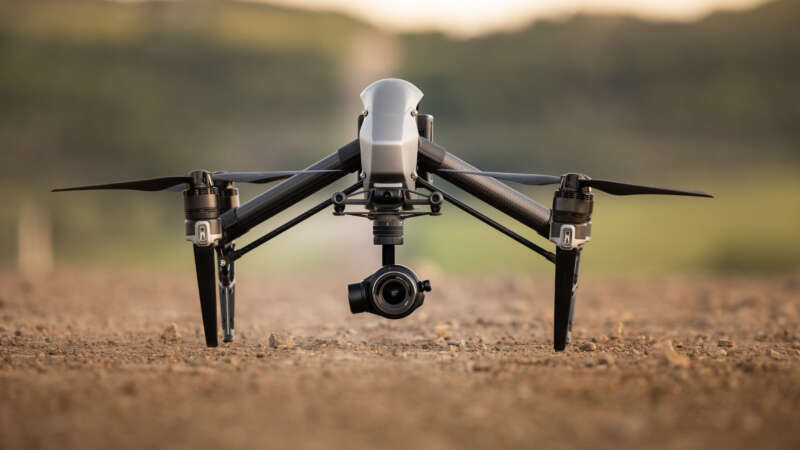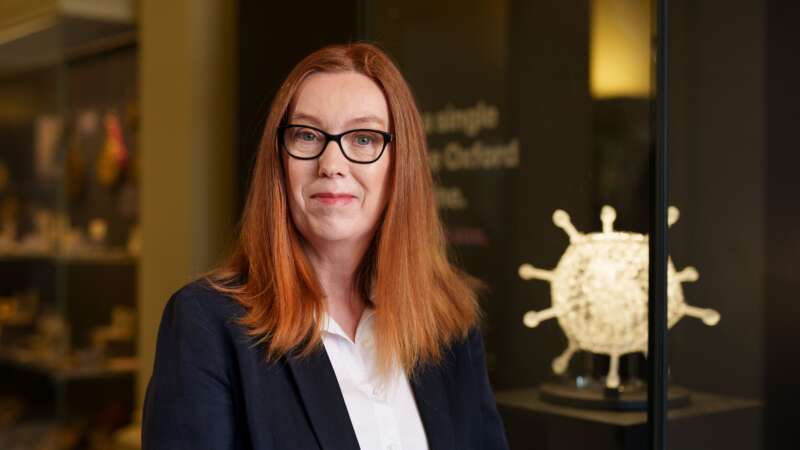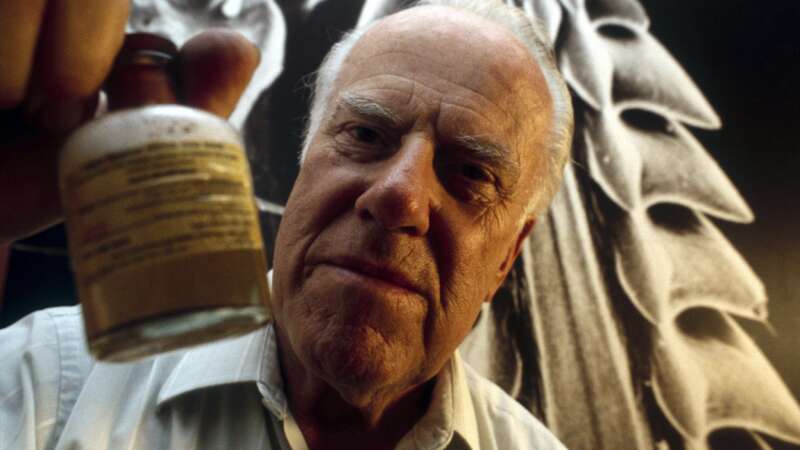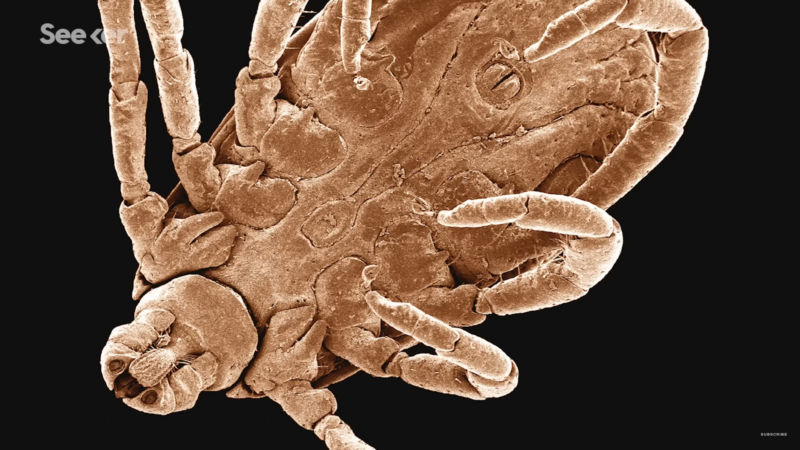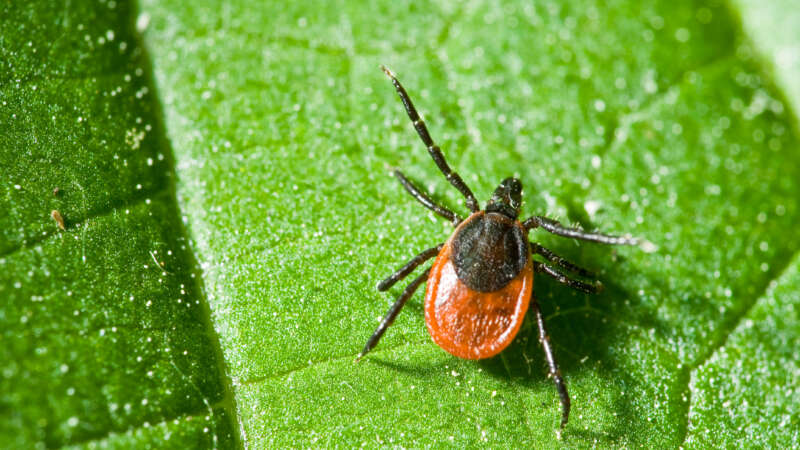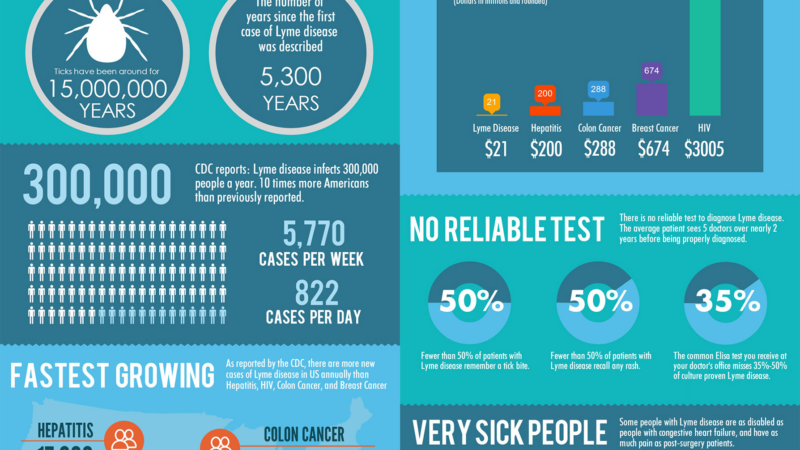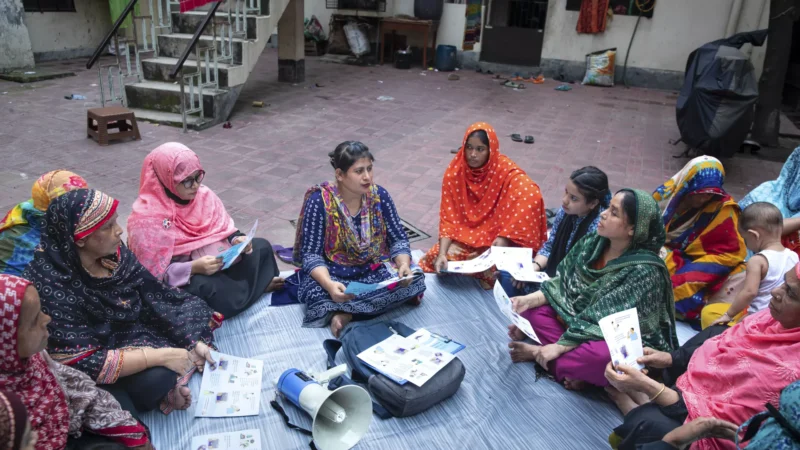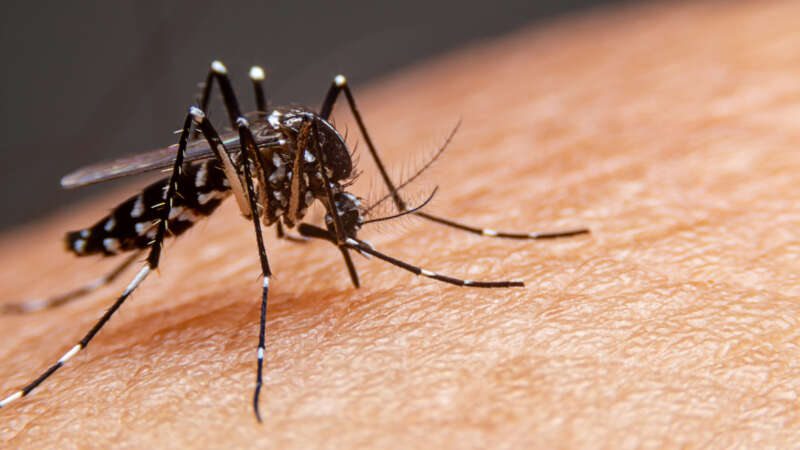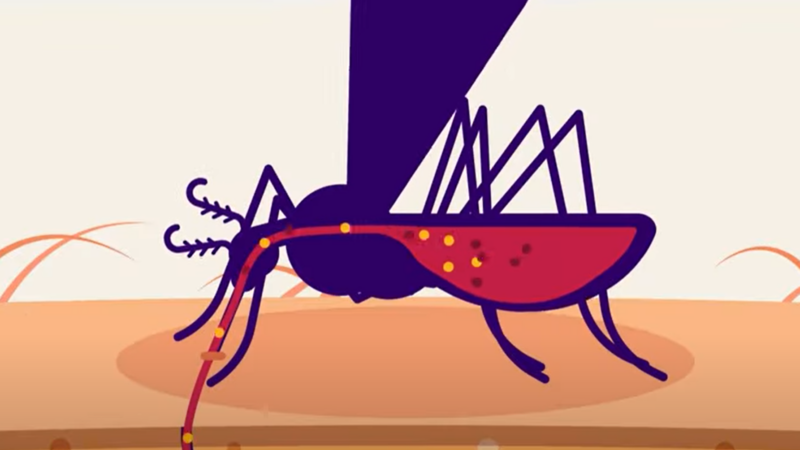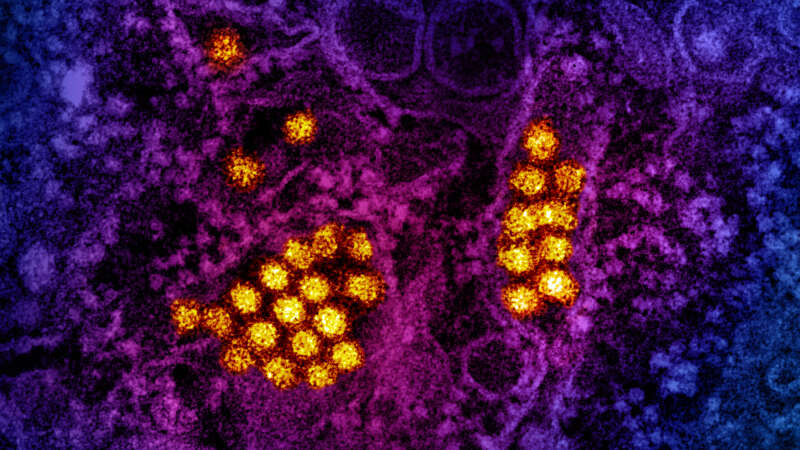Infectious
The Drone Edge in Vector Control
Achieving global vector control’s potential requires “realigning programs to optimize the delivery of interventions that are tailored to the local context [and]…strengthened monitoring systems and novel interventions with proven effectiveness.” This includes “integration of non-chemical and chemical vector control methods [and] evidence-based decision making guided by operational research and entomological and epidemiological surveillance and evaluation.”
Drones or “unmanned aerial vehicles” (UAVs) can save time and money compared to conventional ground-based surveys. Sophisticated models and monitoring equipment can be purchased for a few thousand dollars. They don’t require a pilot’s license, they are becoming easier to fly, and their paths can be fully automated through AI, machine learning, global positioning systems, and computer vision.
Dame Sarah Gilbert: The Scientist Who Helped Save Millions of Lives
Dame Sarah Gilbert, Born in April 1962, is a vaccinologist whose groundbreaking work on the Oxford AstraZeneca COVID-19 vaccine has saved millions of lives worldwide.
In 1983, Gilbert graduated with a Bachelor of Science in Biological Sciences from the University of East Anglia. She then pursued a PhD at the University of Hull, focusing her studies on the genetics and biochemistry of the yeast Rhodosporidium toruloides, and earned her doctorate in 1986.
Dr. Willy Burgdorfer: One Tick at a Time
Dr. Willy Burgdorfer, born on June 27, 1925, in Basel, Switzerland, is known for transforming the understanding of tick-borne illnesses.
Burgdorfer pursued his undergraduate and doctoral studies in parasitology and tropical bacteriology at the University of Basel – where he first developed his fascination with ticks while studying how these arthropods transmitted spirochetes that caused relapsing fever. In 1951, Burgdorfer moved to the United States for a fellowship in Montana at the Rocky Mountain Laboratories (RML) – a National Institute of Health biomedical research facility for vector-borne diseases, such as Rocky Mountain spotted fever, Lyme disease and Q fever.
What Does Lyme Disease Do to Your Body?
What exactly is the connection between a tick bite and lyme disease?
While we’re not sure exactly where and when the disease originated, we do know a lot about how it works, its signs, its symptoms in humans and dogs, how it’s spread and its treatment.
Check out this video by Seeker to learn all about what lyme disease does to your body.
Tick-ing Time Bomb: The Expanding Threat of Tick-Borne Diseases
Urbanization, resistance to pesticides, and, most critically, climate change are creating ideal conditions for global tick proliferation. As these 8-legged bloodsuckers expand their territories, the world should expect a corresponding rise in Lyme disease, spotted fever, Crimean-Congo hemorrhagic fever, tick-borne encephalitis, and other conditions that infect humans, pets, and livestock.
“This is an epidemic in slow motion,” a Centers for Disease Control (CDC) tick expert and research, biologist told the Associated Press.
Ticks live on every continent except Antarctica, and while estimates of annual tick populations vary, the scientific community agrees that their numbers are growing. Researchers also are unanimous that arachnids pose an increasing health risk as mild winters and longer summers associated with global warming kill off fewer individuals, give them longer to develop and feed, and make higher elevations and northerly latitudes that previously were too intemperate or elevated more hospitable.
Lyme Disease Quick Facts
Lyme disease is one of the fastest growing infectious diseases in the country and one of the most difficult to diagnose. Experts in the medical and scientific community, as well as key legislators, have deemed Lyme disease an epidemic … a national public health crisis … and a growing threat.
300,000 people are infected with Lyme disease each yearAt least 300,000 people are infected with Lyme disease each year
New tick-borne diseases are emerging … the number of tick endemic regions is growing … the tick population is increasing … and, the number of people infected with Lyme disease is steadily rising.
The Centers for Disease Control and Prevention (CDC) report that at least 300,000 people are infected with Lyme disease each year in the United States. That’s 25,000 new cases per month. Twenty-five percent of those patients are children, ages 5 to 14.
Information and Infographic obtained from https://danielcameronmd.com/.
Shiuly Khatun: Dengue Warrior
Shiuly Khatun is a Field Supervisor at the Dhalpur Aalo Clinic in Dhaka, Bangladesh, where she manages and coordinates the clinic’s operations. Her daily responsibilities are vast and critical, ranging from mapping areas and dividing work for community volunteers to conducting health sessions and overseeing satellite clinic activities.
Dengue fever, once confined to the tropics, now threatens the U.S.
Climate change is expanding the habitat of the mosquitoes that carry the disease, allowing them to spread further north.
Meg Norris was traveling in Argentina in April when the first signs of dengue fever hit her. The weather in Salta, just south of the Bolivian border, was warm, but Norris, a 33-year-old from Boulder, Colorado, zipped a fleece sweatshirt around her body to stop herself from shivering.
“I thought it was sun poisoning,” she said.
Dengue Explained in Five Minutes
Check out this video by Free Med Education to learn about dengue fever, its cause, and its symptoms.
The Rise of Dengue: A Global Perspective
Around the world, dengue is considered the most common viral disease transmitted by mosquitoes that affects people. According to the World Health Organization (WHO), the disease is now endemic in more than 100 countries. In the first three months of 2024, over five million dengue cases and over 2000 dengue-related deaths were reported globally. The figures so far project that 2024 could be even worse than 2023, with the regions most seriously affected being the Americas, South-East Asia, and Western Pacific.
In the Americas, there were 6,186,805 suspected cases of dengue reported in the first 15 weeks of 2024. To put this into perspective, according to the Pan American Health Organization (PAHO), this figure represents an increase of 254% compared to the same period in 2023. Of these cases 5,928 were confirmed and classified as severe dengue.
